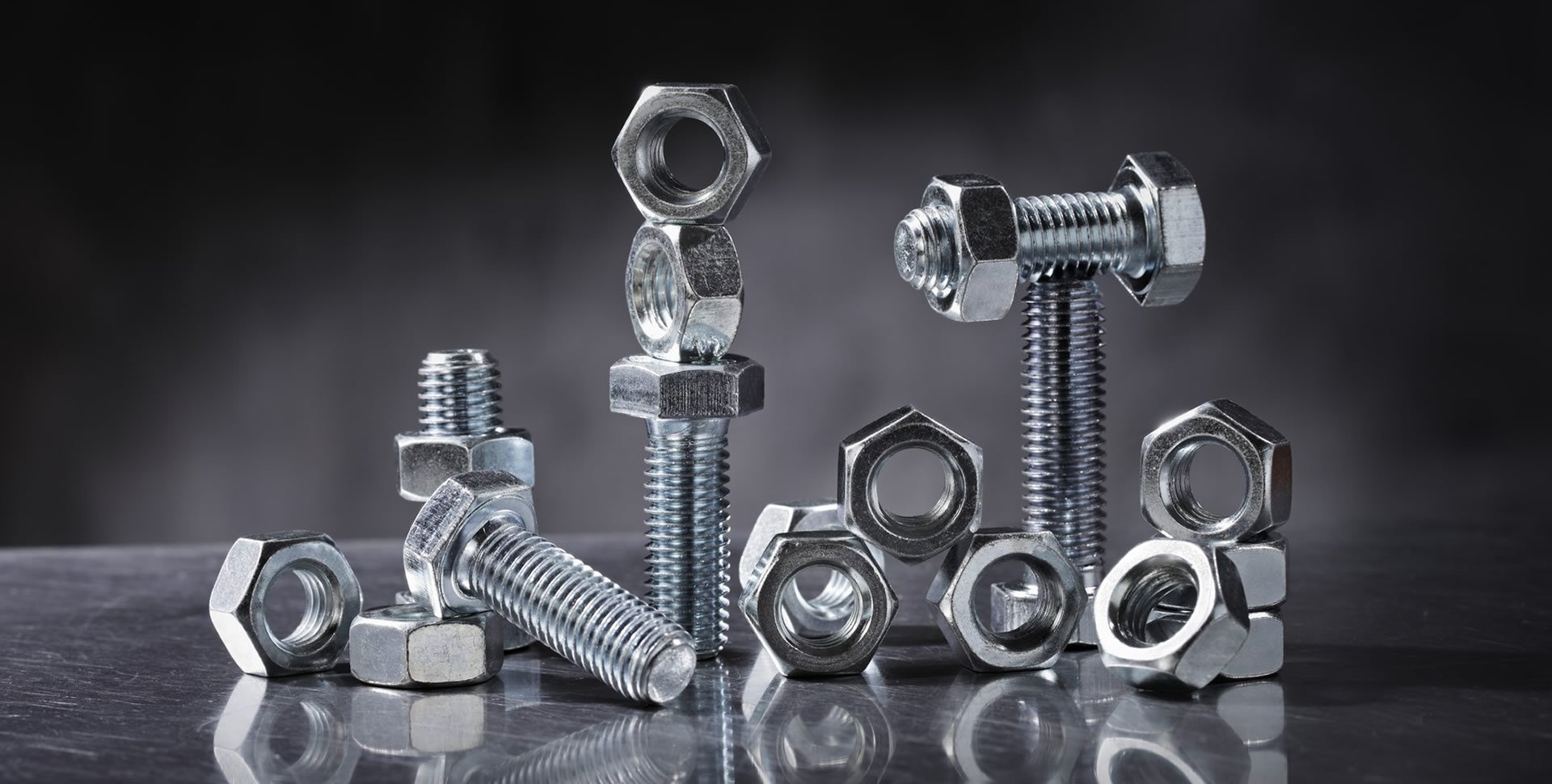Stainless steel fasteners have long been a staple in various industries due to their strength, corrosion resistance, and durability. However, recent innovations are pushing the boundaries of what these versatile components can achieve. Whether you’re in construction, automotive, marine, or aerospace, understanding these advancements can help you make more informed choices for your projects. In this blog, we’ll explore the latest developments in stainless steel fasteners and their implications for different applications.
1. Enhanced Corrosion Resistance
One of the most significant advancements in stainless steel fasteners is the improvement in corrosion resistance. Traditional stainless steel alloys like 304 and 316 have been joined by newer variants such as 2205 duplex stainless steel. This alloy offers superior resistance to pitting and crevice corrosion, particularly in chloride-rich environments like marine applications. The introduction of these materials means longer-lasting fasteners that require less maintenance and replacement, ultimately saving time and costs.
2. High-Strength Alloys
In addition to enhanced corrosion resistance, new high-strength stainless steel alloys are making waves. Precipitation-hardened stainless steels such as 17-4 PH provide exceptional strength and hardness while maintaining good corrosion resistance. These fasteners are ideal for high-stress applications where traditional stainless steel might not provide the necessary strength. Industries such as aerospace and heavy machinery are particularly benefiting from these innovations, where safety and reliability are paramount.
3. Bi-Metal Fasteners
Another exciting development is the advent of bi-metal fasteners. These fasteners combine the best properties of different metals. For example, a fastener might have a stainless steel body for corrosion resistance and a hardened carbon steel tip for enhanced strength and wear resistance. This combination allows for fasteners that perform well under diverse conditions, offering both durability and high performance. Bi-metal fasteners are especially useful in construction and manufacturing, where they can reduce the risk of failure in critical joints.
4. Self-Healing Coatings
The incorporation of self-healing coatings is a game-changer for stainless steel fasteners. These advanced coatings can repair minor damages autonomously, maintaining the integrity of the fastener and extending its lifespan. Such coatings often contain microcapsules filled with healing agents that are released when the coating is scratched or damaged. This innovation is particularly beneficial in harsh environments where fasteners are exposed to constant wear and tear, such as in offshore oil rigs or chemical plants.
5. Smart Fasteners
The rise of the Internet of Things (IoT) has led to the development of smart fasteners equipped with sensors. These fasteners can monitor and report on various parameters such as tension, vibration, and temperature. By providing real-time data, smart fasteners enable predictive maintenance and early detection of potential failures. This proactive approach can prevent costly downtime and enhance the safety and efficiency of operations in industries like automotive manufacturing and aerospace engineering.
6. Sustainable Manufacturing Processes
With increasing focus on sustainability, the manufacturing processes for stainless steel fasteners are also evolving. Advances in metallurgy and fabrication techniques are resulting in more energy-efficient production methods and reduced waste. For instance, additive manufacturing (3D printing) is being used to create custom fasteners with minimal material wastage. Additionally, the recycling of stainless steel is becoming more efficient, contributing to a more sustainable lifecycle for these essential components.
Conclusion
The landscape of stainless steel fasteners is rapidly evolving, with innovations enhancing their performance, durability, and sustainability. From improved alloys and bi-metal combinations to self-healing coatings and smart technologies, these advancements are setting new standards in various industries. As these technologies continue to develop, they promise to offer even greater benefits, ensuring that stainless steel fasteners remain at the forefront of engineering and construction solutions.
Whether you’re a project manager looking to extend the lifespan of your infrastructure, an engineer seeking reliable components for high-stress applications, or a manufacturer aiming for more sustainable practices, staying informed about the latest in stainless steel fastener technology is crucial. Embrace these advancements to enhance the quality, efficiency, and longevity of your projects.

